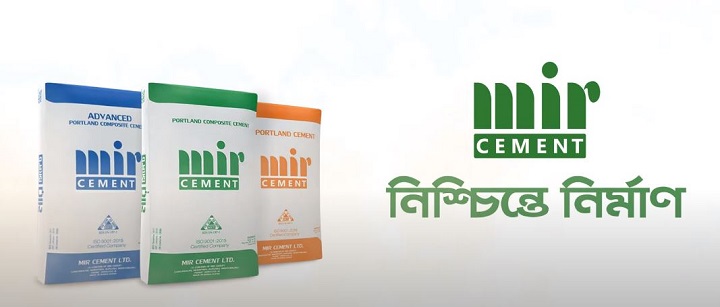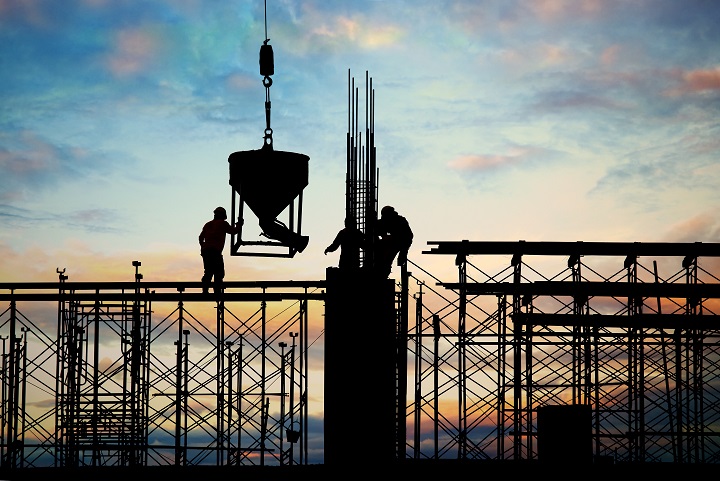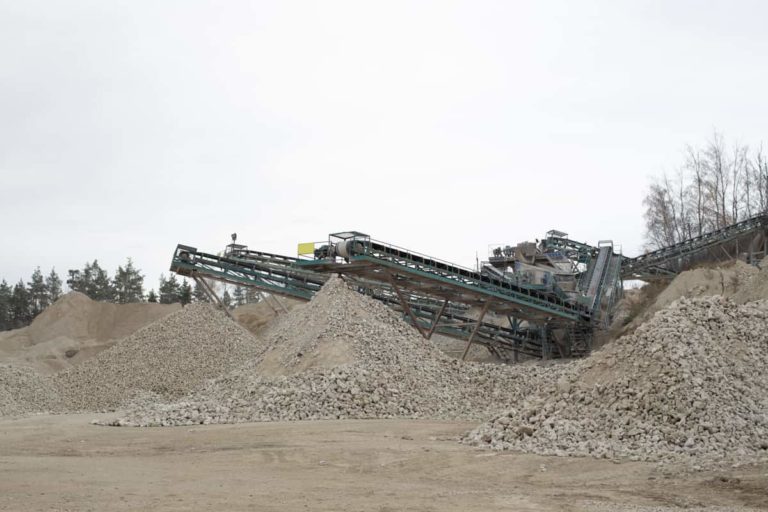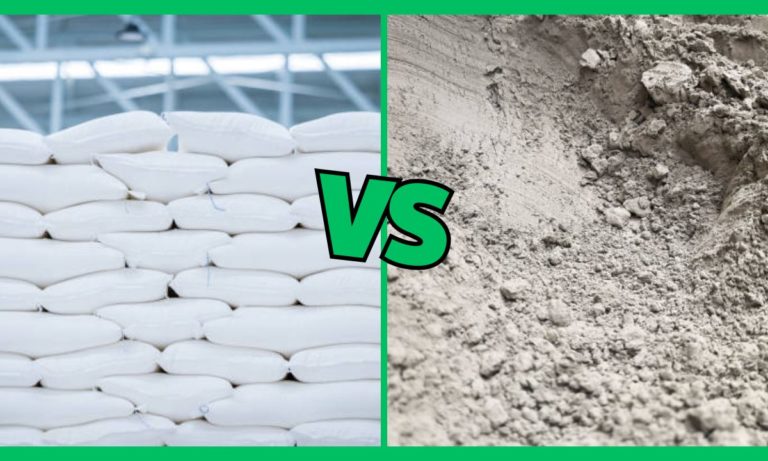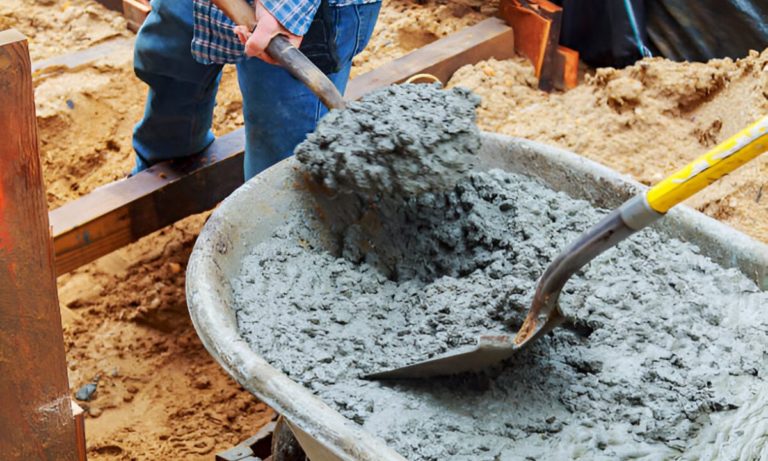Difference Between OPC and PPC Cement
Construction materials have come a long way in the history of civilization. From the wood and rock structures millennia ago, humans have reached above clouds to boast about their potential and capabilities. Skyscrapers have become common manmade structures. It is possible due to the immense effort of engineers and scientists who have come up with extra strong building materials. Much of it is likely due to the production of concrete. Strong concrete foundations work as the primary requirement of gigantic structures. One of the main ingredients of concrete is cement.
Ordinary Portland Cement or OPC is the most commonly popularly used cement all over the globe. Still, another option, Portland Pozzolana Cement or PPC, has also risen to prominence in recent years due to its several benefits. In most cases, both types of cement can be used interchangeably. However, there are some fundamental differences between OPC and PPC.
Key Differences Between OPC and PPC
As the name suggests, OPC is the most ordinary or standard type of cement available in the market. It is the essential component used for concrete, mortars, stucco, and other common construction materials that require cement mixtures. It is a type of hydraulic cement that starts hardening as soon as it comes into contact with water and becomes water-resistant once it cures. The making process of cement involves numerous sophisticated methods and requires extensive care while following each step to produce good quality cement. Generally, Portland cement clinkers are pulverized, consisting of hydraulic calcium silicates, making a fine powder. The clinker mixture is produced by heating raw materials like limestone. Some other materials are sources of aluminosilicate, shale, sand, iron ore, etc. Temperatures can reach 1450 degrees Celsius in the grinding process.
Ordinary Portland Cement is the most prevalent because of its readily available raw materials and comparatively easy manufacturing process. The popularity of OPC is very high globally as it can be produced at cheap rates while maintaining appropriate strength and quality.
On the other hand, PPC refers to Portland Pozzolana Cement. It is produced by adding pozzolans to the mixture. Adding pozzolanic materials can increase the strength and durability of cement and, at the same time, reduce the costs of production. The term pozzolana originally refers to volcanic ash. Adding pozzolanic materials into a hydraulic cement like OPC or other materials leads to a pozzolanic reaction. It helps to create higher quality cement that excels in durability and strength compared to cement that does not contain pozzolanic materials. However, pozzolanic materials do not contain any cementitious properties, but adding them into a cement mixture will result in the above results. Around 15% – 30% of pozzolana materials are mixed to produce PPC. Volcanic ash was first used as pozzolanic materials, but later, natural and artificial siliceous or aluminous materials like clay, slag, silica fume, fly ash, and shales were also used. Coal-based power generation plants create some of these materials as waste. But these waste materials can significantly improve the quality of cement.
Source: Civil Lead
Here is a chart containing helpful information on the primary differences between OPC and PPC.
Which Cement is Best, OPC or PPC?
The question will arise automatically in your mind about which cement is between OPC and PPC. As a matter of fact, there is no direct answer to this question. Both types of cement have their pros and cons. The significant differences between the two types have already been discussed. However, using different kinds of cement for specific purposes is a reasonable construction practice. It can ensure you are getting the best result out of your project. Many people prefer PPC cement over OPC due to its low cost and environmentally friendly aspects. PPC cement is also an integral part of building homes sustainably. Discuss with your contractor to determine which is best for your home. If you have a different project in mind, discuss it also.
Summary
Both OPC and PPC cement is used in Bangladesh for standard construction practices. These two types of cement have their pros and cons. However, PPC cement is used as a substitute for OPC nowadays.
Environmental aspects are coming to the forefront, and people are opting for substitutes that can reduce their impact on the environment. Furthermore, people prefer developers who use environmentally friendly products. As a result, the popularity of PPC cement is increasing. Its lower cost and greener properties encourage more people to use it instead of OPC cement.
Read also- PPC vs PSC Cement: Which is Better to Use in Bangladesh
Frequently Asked Questions (FAQs)
Q. Which cement is better, OPC or PPC?
Ans: It depends on the construction work you plan to do. Generally, both cement types can be used interchangeably.
Q. What is the main difference between OPC and PPC cement?
Ans: The main difference is the addition of pozzolanic materials like volcanic ash, fly ash, slag, etc., in PPC cement. The addition of such materials changes the cementitious properties significantly.
Q. Is PPC cement more expensive than OPC cement?
Ans: No. PPC cement is cheaper than OPC cement.
Q. Is PPC cement suitable for slab?
Ans: PPC cement and OPC cement are suitable for constructing concrete slabs.
Q. Can I purchase PPC cement in Bangladesh?
Ans: Yes. Many renowned manufacturers produce PPC cement in Bangladesh.

